iPad Air and Retina iPad mini: Should you upgrade?
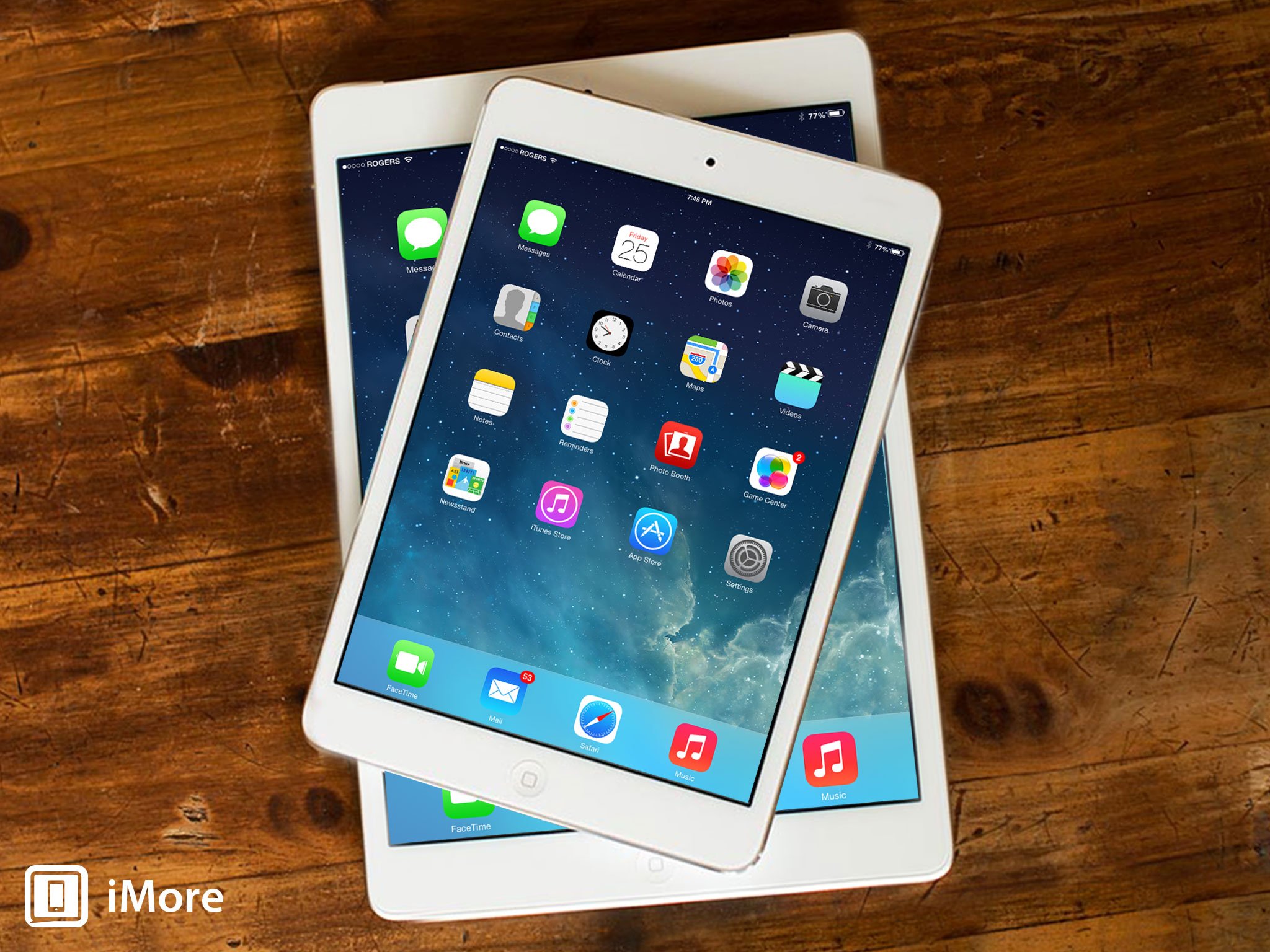
2013 iPad buyers guide: How to decide if you should upgrade to Apple's latest large or small sized iPad!
When a new iPad hits the market - or two iPads, as is the case right now - one of the hardest decisions we face is whether or not to upgrade from and original iPad, iPad 2, iPad 3, iPad mini, or iPad 4 to the latest and greatest. If you have unlimited funds, you can just buy everything, all the time. Most of us don't, however, so we need to check out the new features of the iPad Air or Retina iPad mini, see how they compare to what we already have, and decide if the difference is worth the price of an entirely new device, a price that starts at $399 and $499 and goes well up from there. So, is there enough value to justify the cost? Let's take a look!
iPad evolution
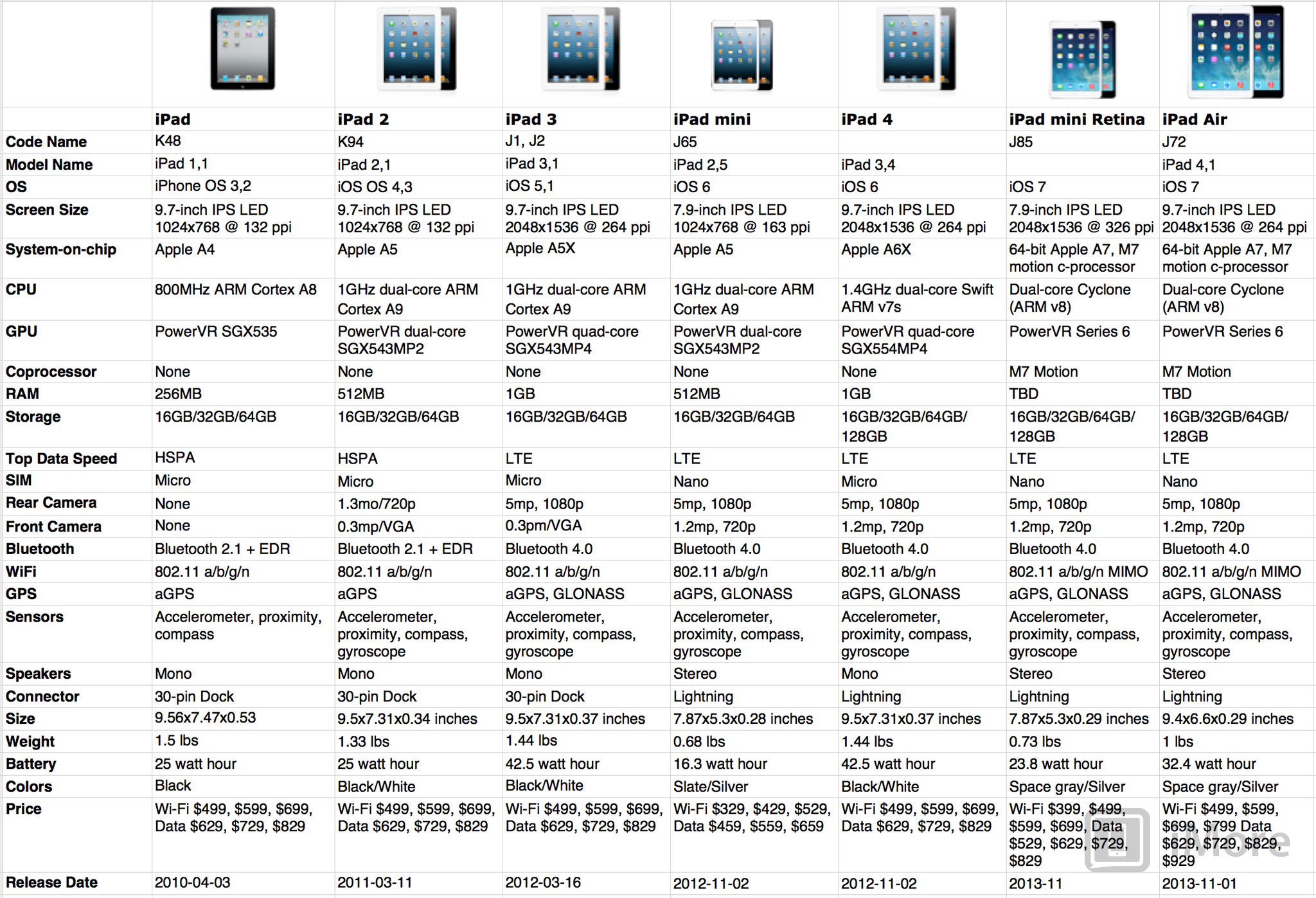
Since Steve Jobs first unveiled it at a special event in 2010, the iPad has improved steadily in one way or another. The iPad 2 was thinner, lighter, and faster. The iPad 3 got a Retina display and LTE. The iPad 4 went Lightning. The iPad mini dropped back to iPad 2 tech, but in a much smaller form factor. The above chart shows the evolution of the iPad from the original to the latest Retina iPad mini and iPad Air, including pricing and capacity at launch. While what you paid for it when you got it might vary, you can check your current model and see how it compares to the ones available now.
iOS 7 compatibility
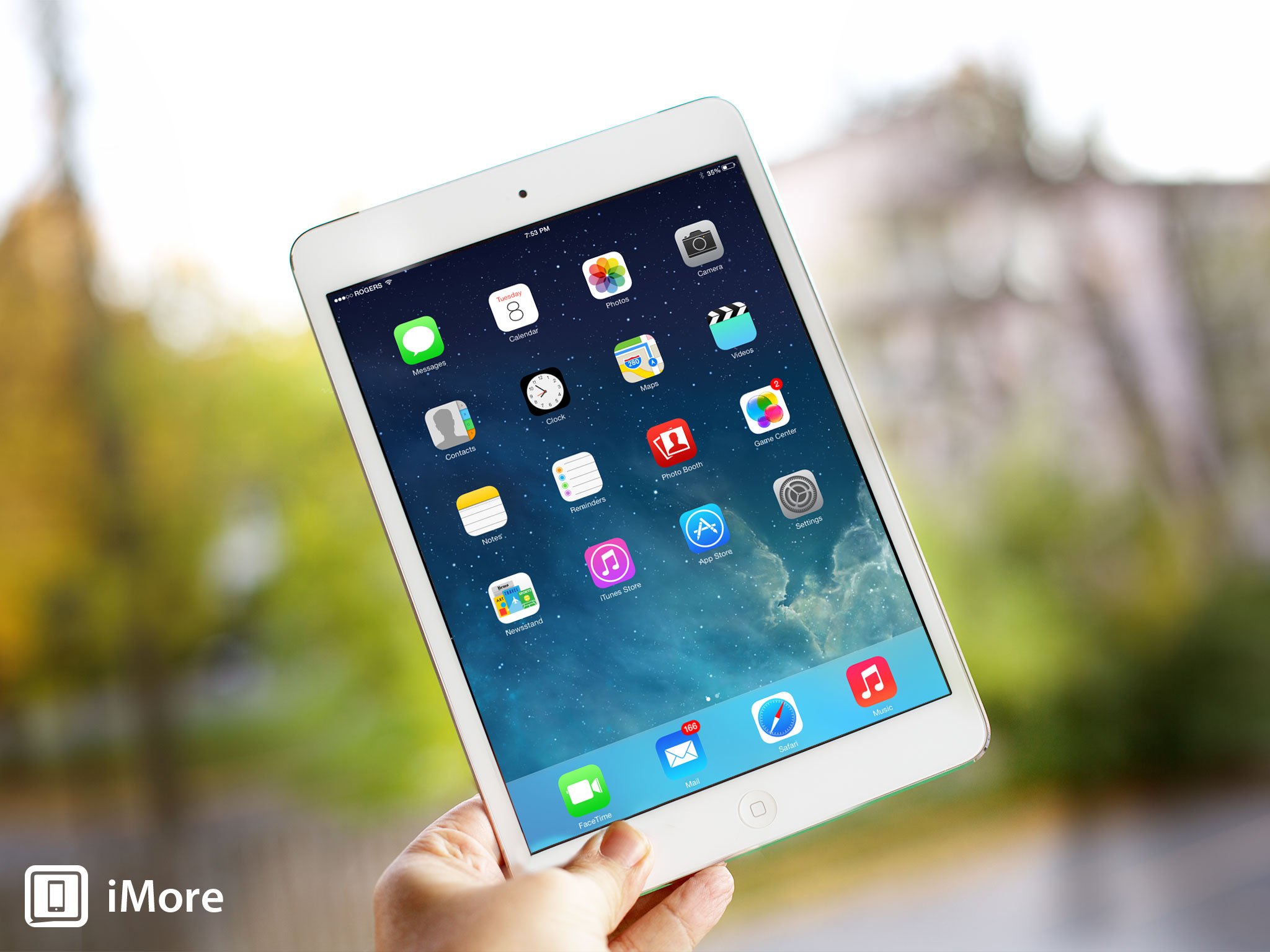
The ability to run iOS 7, and to be compatible with iOS 7 apps, is a major consideration. The original iPad can't run iOS 7 (it couldn't run iOS 6 either, mind you, but it's only going to get worse from here.) The iPad 2 and original iPad mini can run iOS 7, and are still being sold by Apple, which means that, even though they're outdated, they should still enjoy support for a while. The iPad 3 was graphically underpowered from launch, and while it can run iOS 7, graphically intensive apps will still put a hurt on it. The iPad 4 can run iOS 7 just fine.
If you're on an original iPad, you'll seriously want to consider upgrading. If you're on an iPad 3, you'll want to consider it as well.
Retina displays
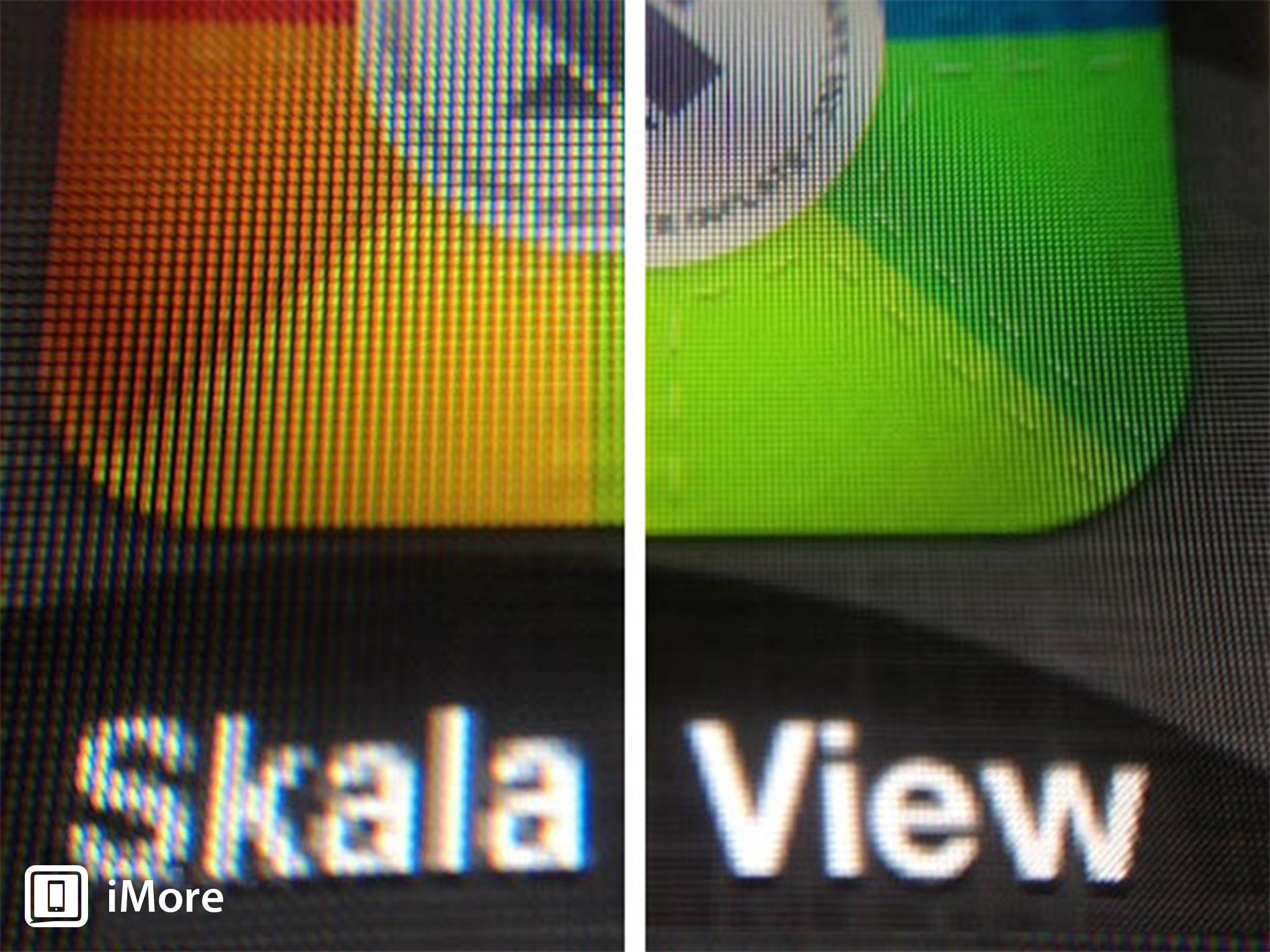
The iPad 2 and original iPad mini both have standard density 1024x768 pixel screens. So, while both are similarly powered, and both can run iOS 7 apps, neither look as good as their Retina counterparts. This is most noticeable with small text in ebooks and web pages, or the thin lines in iOS 7 glyphs and other interface elements. Even photos won't look as crisp and clear on standard displays as they will on Retina.
Apple A7 processors
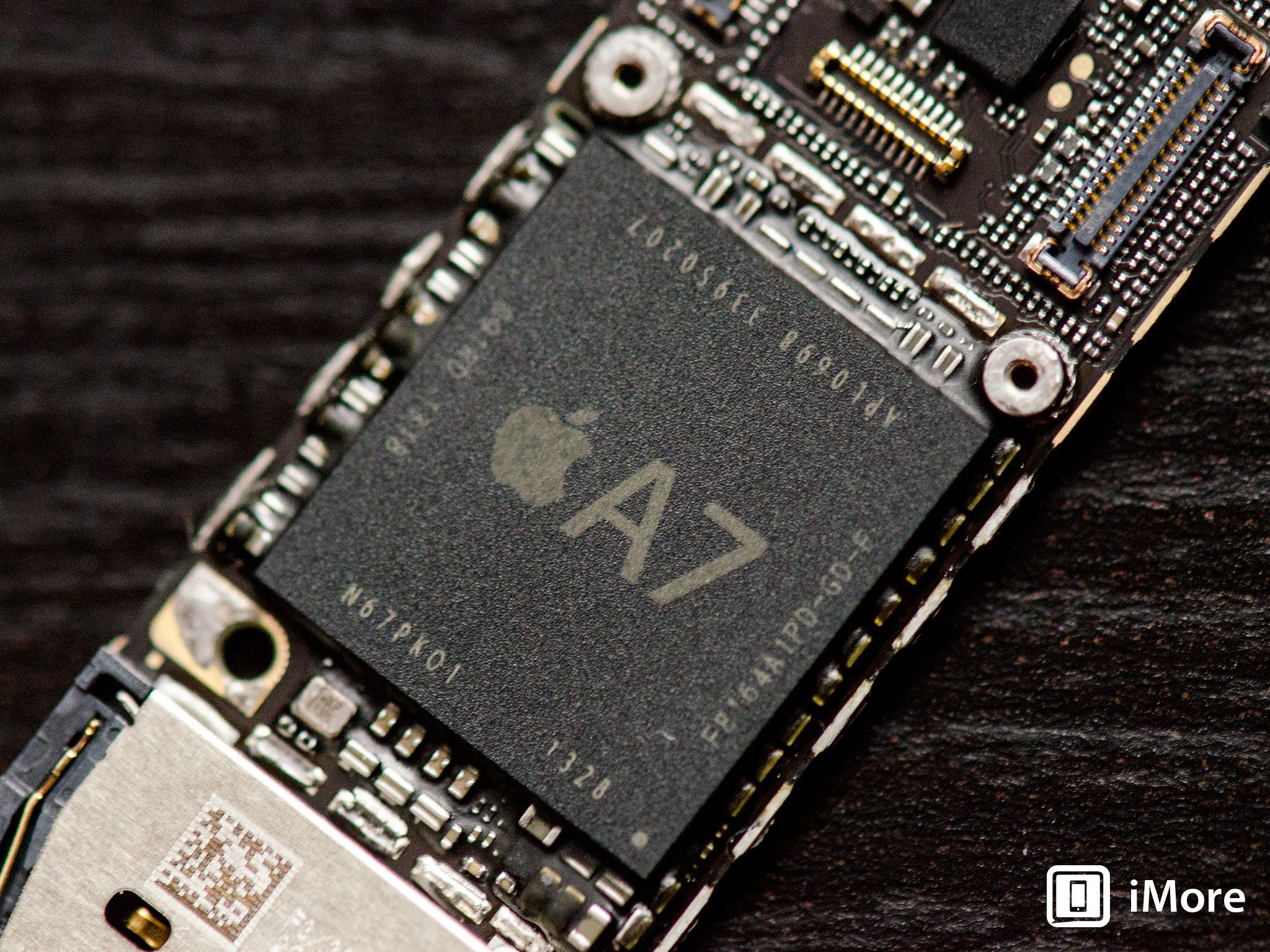
The original iPad debuted with Apple's first branded chipset, the A4. The iPad 2 introduced the A5, which was also used in the iPad mini. The iPad 3 launched with the A5X, which, thanks to the high-density Retina display, struggled under heavy graphical loads. The iPad 4 had the Apple A6X, based on Apple's first custom CPU, the Swift, and had plenty of power. Both the iPad Air and Retina iPad mini have the Apple A7, the same chip found in the iPhone 5s, and the 64-bit Cyclone monster inside it. Desktop-class, it has power unseen in mobile before. It also has the Apple M7 motion coprocessor, which provides energy efficiency and sensor fusion advantages. Then there's the Series 6 (Rogue) graphics processor that supports OpenGL ES 3.0. Basically, the A7 is badass.
LTE 4G networking
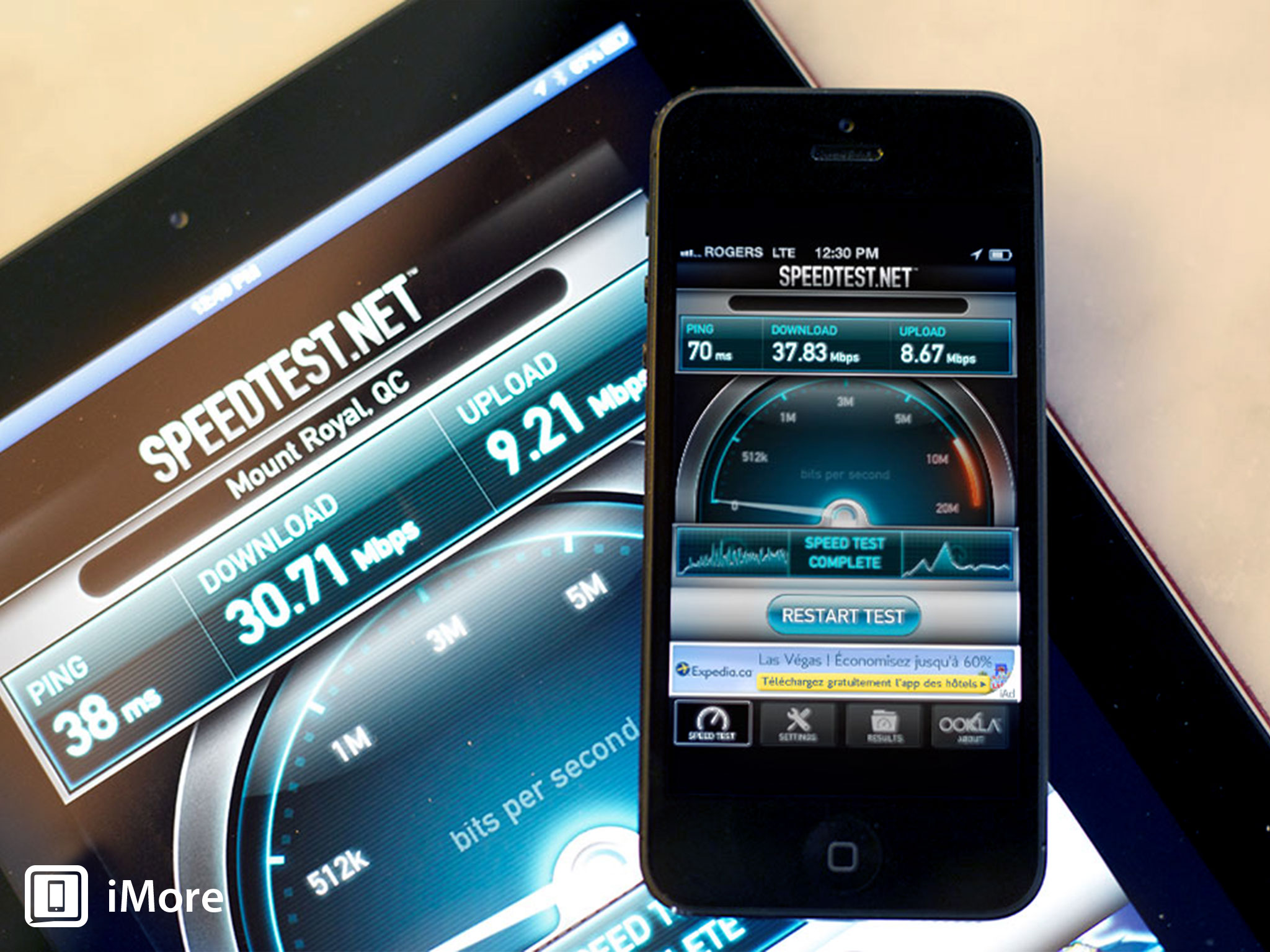
The original iPad and iPad 2 don't offer LTE 4G networking. The iPad 3 does, but very limited bands that didn't offer much support outside North America. The iPad 4 and original iPad mini both had good support for international LTE bands. The iPad Air and Retina iPad mini offer even more bands, for even more places.
Master your iPhone in minutes
iMore offers spot-on advice and guidance from our team of experts, with decades of Apple device experience to lean on. Learn more with iMore!
If you live in an area of the world where the iPad previously hasn't worked on LTE, the new models are worth looking at.
FaceTime HD and iSight Camera
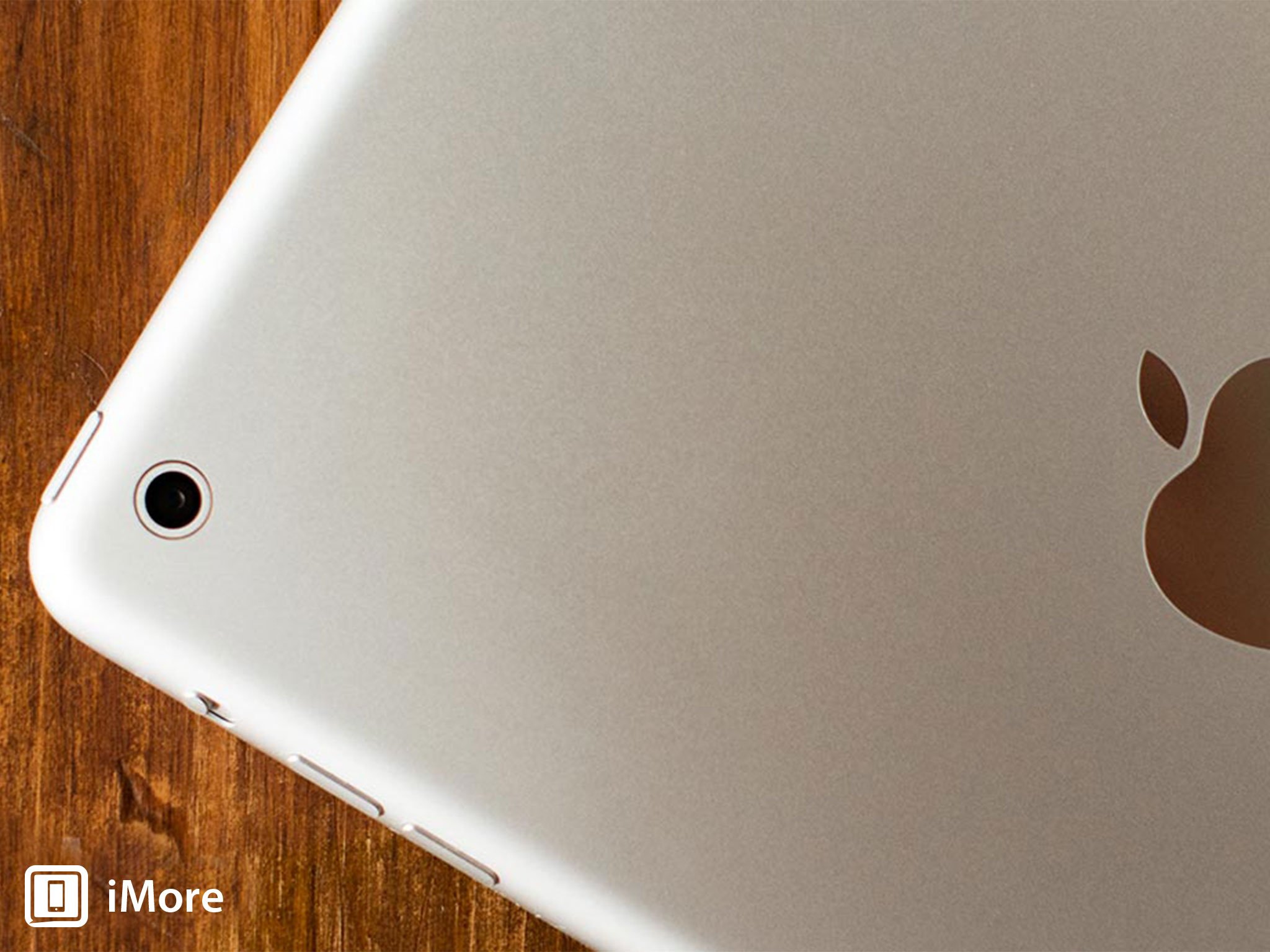
The original iPad had no cameras at all. The iPad 2 added them for the first time, but they weren't great. The iPad 3, iPad 4, and original iPad mini both had better cameras, at least as far as tablet cameras go. The iPad Air and Retina iPad mini both have improved FaceTime HD cameras with back illuminated sensors and larger sensors. The iSight cameras are the same as last year, but the Apple A7 chipset's image signal processor (ISP) should allow for slightly better results overall.
Again, the original iPad fares poorly here, since cameras are a good thing to have. There's not enough difference between the other iPads, when it comes to cameras, to make them a substantial upgrade consideration.
Lightning connector
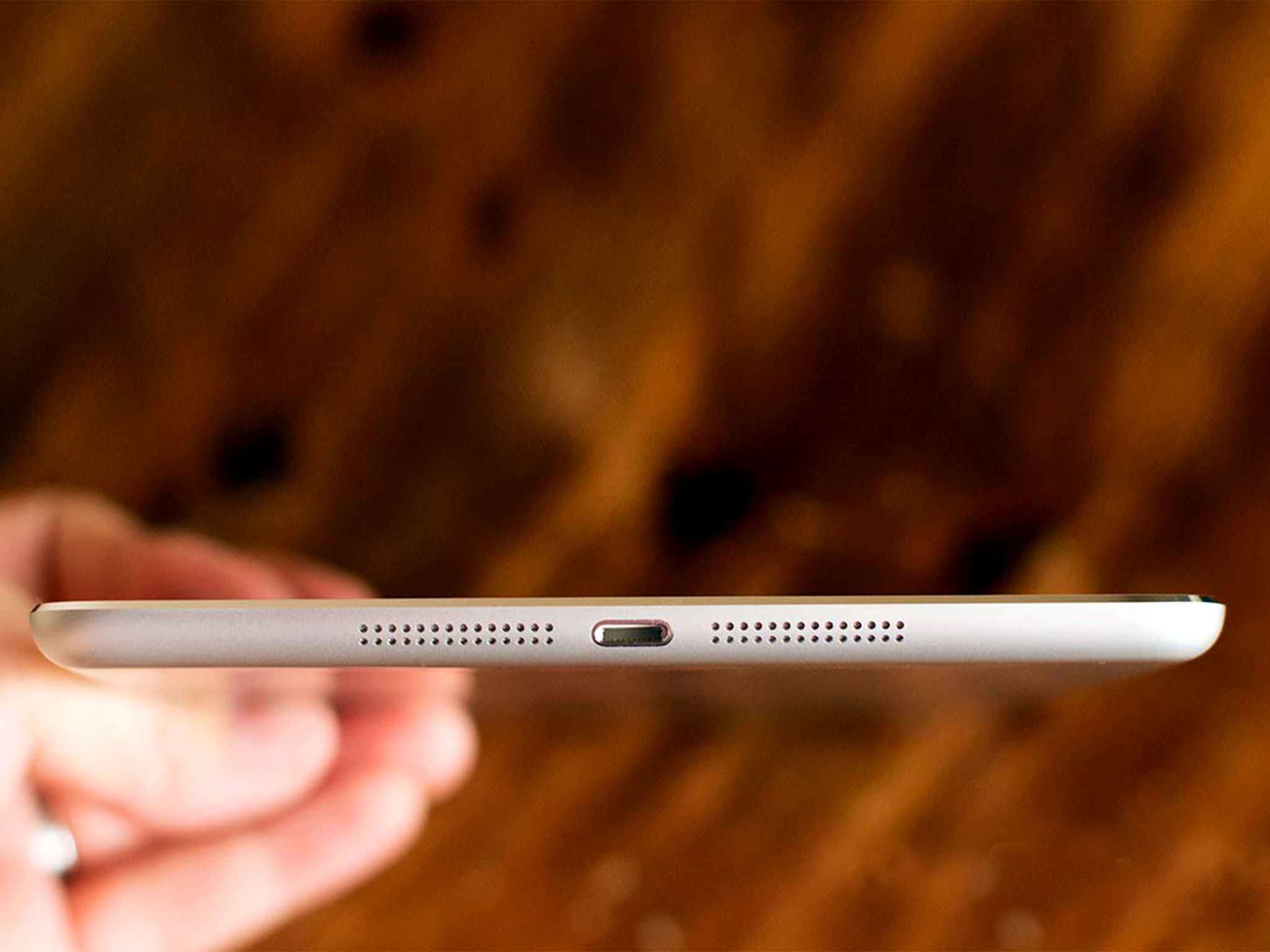
The original iPad, iPad 2, and iPad 3 all have the old 30-pin Dock connectors. While there remain an enormous amount of accessories for that connector, all new iOS devices will be using the all-new Lightning connector going forward. That means those models won't have access to the latest and greatest.
Siri
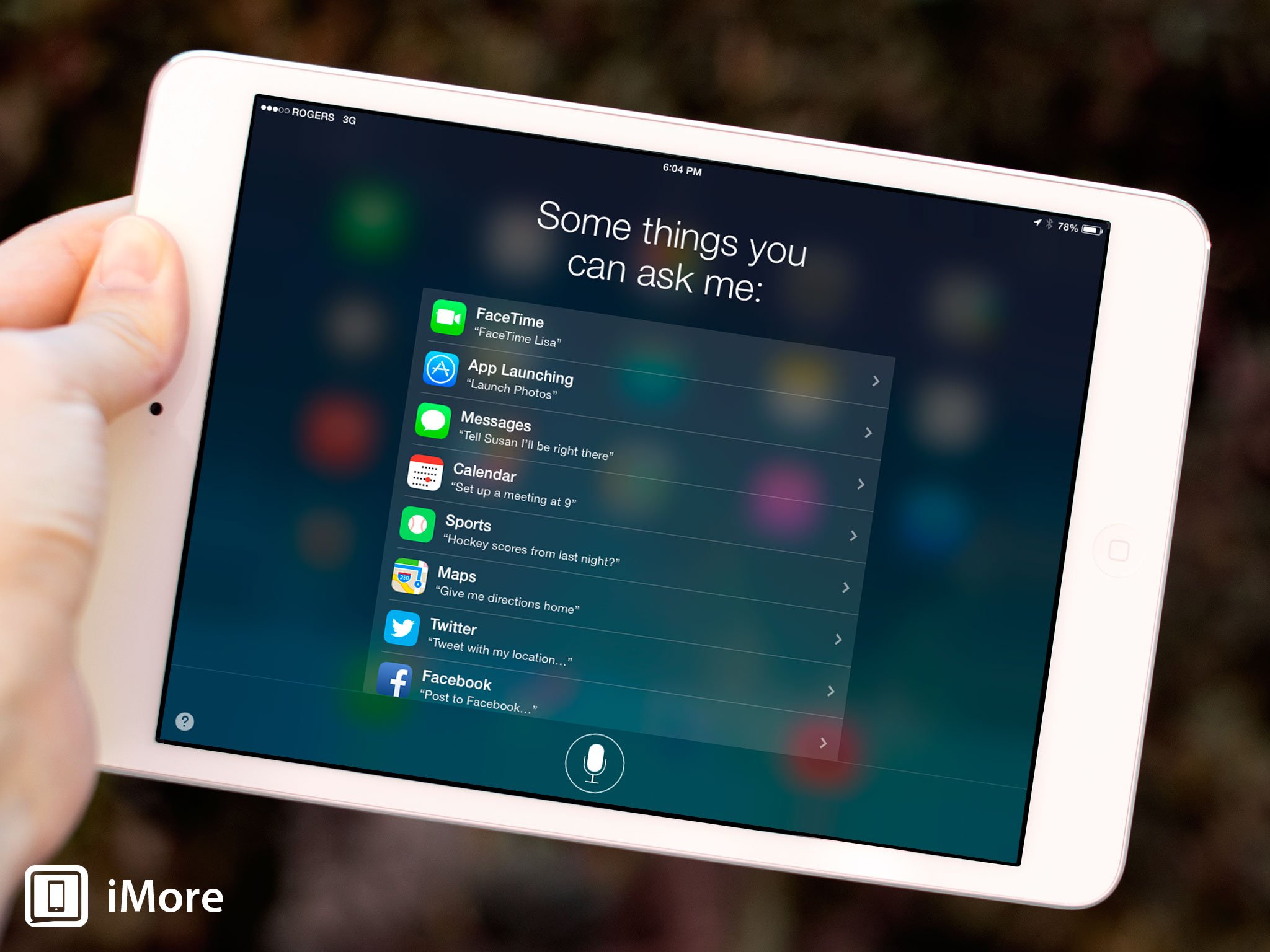
Neither the original iPad nor the iPad 2 have Siri, Apple's virtual digital assistant. The iPad 3, iPad 4, and original iPad mini all do. Although it's a secondary, natural language-based interface layer, Siri does provide all sorts of benefits, including hands-free control, and faster workflows for many built-in apps.
Should you upgrade from the original iPad?
The original iPad, released in 2010, was an amazing product. For its time. And that time is now over. It hasn't gotten a software update since iOS 5 in 2011, and won't be getting one ever again. It has no LTE, no cameras, no Lightning connector, and no Retina display. Fewer apps will support it in the future, and fewer accessories.
The iPad 2 and original iPad mini are cheaper options (starting at $399 or $299), but they'll run into the same problem as the original iPad and sooner rather than later. An iPad Air (starting at $499) will give you the same screen size but at a much smaller size and lighter weight. The Retina iPad mini (starting at $399) will give you an even more portable form factor, if that's important to you. Both will give you a fantastic screen, all the latest hardware features, and the ability to use all the latest apps and accessories.
If the original iPad still works for you, that's great. Ride it into the sunset. If you want to keep moving forward, however, and you can afford it, upgrade soon.
Should you upgrade from the iPad 2?
Apple still sells the iPad 2, and people still buy them, so it's not a completely outdated tablet. At least not yet. However, it doesn't have a Lightning connector, it doesn't have an LTE networking option, it doesn't have a Retina display, it doesn't have an Apple A7 and M7 chipset, and while it can run iOS 7, it can't run Siri.
The original iPad mini, cheap as it is now, isn't really an upgrade. It does have Lightning and Siri, but it's otherwise the same hardware as the iPad 2. An iPad Air (starting at $499) will give you the same screen size but at a much smaller size and lighter weight. The Retina iPad mini (starting at $399) will give you all the new features but in a more portable form factor, if that's important to you. Both will give you a fantastic screen, all the latest hardware, and a significant performance boost to boot.
If none of those things appeal to you, the iPad 2 remains a viable tablet. If, however, you want any of those things, and you want to future-proof yourself so that, when next year's updates come around, you're ready for them, you can look at the upgrades.
Should you upgrade from the iPad 3?
The iPad 3 has a Retina display and limited support for LTE, primarily for North America. However, it's Apple A5X processor is maxed out simply trying to run that huge display, and that makes it less than ideal for hardcore gaming or any other graphically intensive operations. It also lacks a Lightning connector, and is slightly thicker and heavier than an iPad 2. It runs iOS 7, though not incredibly well, and it does have Siri.
Released in the spring of 2012, the iPad 3 is by no means old, even if it is already outdated. It's a perfectly fine tablet for most people, but because of its strained GPU, it's not great for everyone.
Both the iPad 2 and original iPad mini, cheap as they are, would be downgrades in most ways (graphical performance is slightly better, but only because they have far fewer pixels to push around.) An iPad Air (starting at $499) will give you the same screen size but at a much smaller size and lighter weight. Much. The Retina iPad mini (starting at $399) will give you all the new features but in a more portable form factor, if that's important to you. The screen is the same, or thereabouts, but the Lightning connector, and Apple A7 and M7 chipsets, are improvements. And both run iOS 7 like a dream.
You can absolutely get another year or more out of it, but if you have the money, and you are frustrated by graphical performance (especially in high end games), you may want to upgrade.
Should you upgrade from the original iPad mini?
The original iPad mini has a Lightning connector but lacks a Retina display. It has LTE but it's Apple A5 processor is two generations old now. It can run iOS 7, but not as well as the latest hardware. Still, it's a great tablet, and one Apple is still selling.
If the standard resolution screen scratches your sensitive eyes, then upgrading to the Retina iPad mini (starting at $399) not only gets you that, but the 64-bit Apple A7 processor. If you want both a Retina display, and a bigger display, the iPad Air (starting at $499) will give you everything the new iPad mini will, but take you from 7.9- to 9.7-inches.
Again, the original iPad mini is still a good tablet, and you can get years of use out of it, but it's an aging platform and if you have the money and want the latest and the greatest, both the iPad Air and the Retina iPad mini are worth considering.
Should you upgrade from the iPad 4?
The iPad 4 is great tablet. It has not only a Retina display, but its Apple A6X chipset has more than enough horsepower to drive it. It has more LTE bands to support LTE in more places, and it has a Lightning connector. It has almost everything, in fact, that the new iPad Air has.
Obviously, the iPad 2 and original iPad mini are steps backwards here, unless you have to have a more portable tablet and can't spend more than the iPad mini's $299 starting price to get it. Then it's a step diagonally sideways. You'd be better off going to the new Retina iPad mini (starting at $399) to keep the same great display, but in a more portable, much lighter package. Otherwise, if you want to keep the big screen, but absolutely need something lighter than you can hold up longer, the iPad Air (starting at $499) is the only real "upgrade" available.
Unless you do want that lighter form factor, however, or need one of the new LTE bands it supports, or simply want to get in on the 64-bit Apple A7 platform from the start, there's no compelling reason to upgrade from the iPad 4.
Special note: Gamers, media consumers, and travelers
It's important to not only consider the devices, but to consider how you use them. For some people, an upgrade may be absolutely necessary where for others, it's not necessary at all. Here are the three types of activities that most benefit from the new iPad Air and Retina iPad mini:
- Gaming: The Apple A7 processor in the new iPads is insanely powerful, and you'll get to play OpenGL ES 3.0 games no other iPad can play. If you're a hardcore gamer, the new iPads are a dream.
- Media consumers: The new screen on the Retina iPad mini will make reading much more pleasant on the eyes, and the new lighter weight on the iPad Air will make holding a tablet for long periods of time much, much easier. If you read a lot and watch a lot of video, the new iPads are much better.
- Travelers: The iPad mini has always been great for travelers, but now the new iPad Air is also much thinner, smaller, and lighter. If you want a full-sized iPad, and the bigger virtual keyboard that comes with it, the new iPad Air is tough to beat.
Remember: Sell your old iPad!
Though a new iPad might come with a big sticker price, remember that you can sell your current iPad to take a little bit of the sting off the top. In fact, if you plan on upgrading to an iPad Air or Retina iPad mini, selling your old iPad is a no brainer. Apple products hold their resale value very well. If you've taken good care of your iPad, you should have no problem finding it a new home and putting some cash in your pocket while doing it. Selling the old really does help you afford the new. If you're not sure how to sell, or if you just want to make sure you get the most money, or save yourself the most time and effort, possible, here's everything you need to know!
Still undecided?
If you're still not sure about about upgrading to an iPad Air or Retina iPad mini, jump into our iPad discussion forums and the best community in mobile will happily help you out.

Rene Ritchie is one of the most respected Apple analysts in the business, reaching a combined audience of over 40 million readers a month. His YouTube channel, Vector, has over 90 thousand subscribers and 14 million views and his podcasts, including Debug, have been downloaded over 20 million times. He also regularly co-hosts MacBreak Weekly for the TWiT network and co-hosted CES Live! and Talk Mobile. Based in Montreal, Rene is a former director of product marketing, web developer, and graphic designer. He's authored several books and appeared on numerous television and radio segments to discuss Apple and the technology industry. When not working, he likes to cook, grapple, and spend time with his friends and family.
